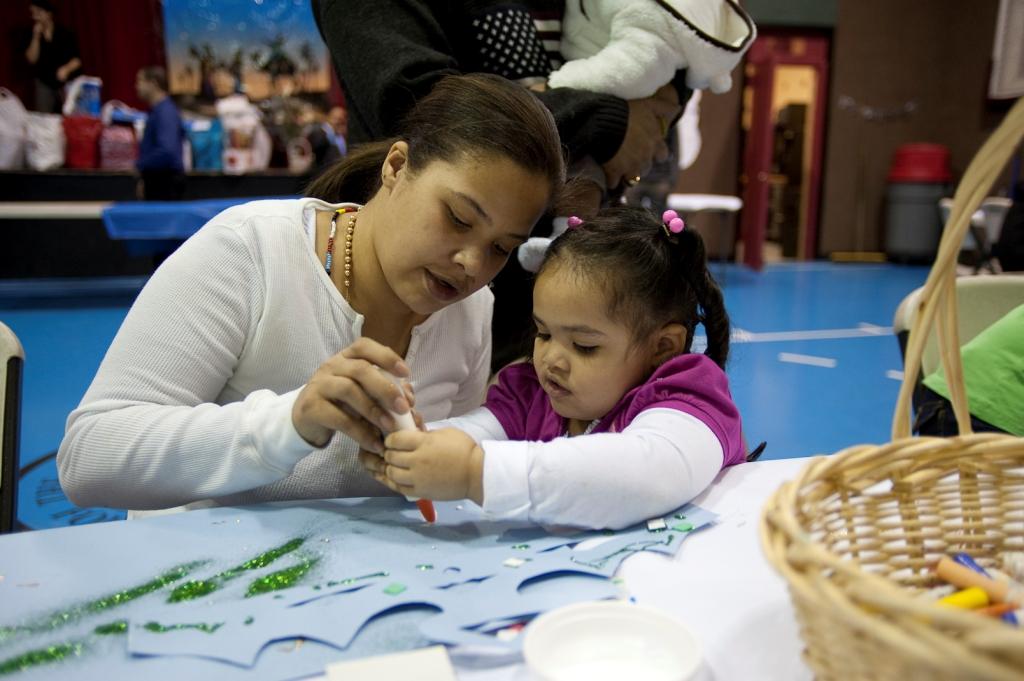
Teachers can reverse the perception of examinations to students. It can become an anticipated activity rather than something they dread. Do you think this is a miracle? Well, you can make it happen!
Teachers must make sure that students revise what they learn in school. To do that, they shouldn’t just schedule exam dates. They should bring in interactive sessions in class to revise what they teach.
How to make sure that students revise what they learn?
There are some classroom strategies that students will look up to. These will encourage them to study more and more. Following are a list of strategies you should take up in school:
Use flash cards
Students can use flash cards for self-quizzes or challenge a partner. As teachers, you can create these for vocabulary, topics or important terms.
Ask students to explain in short or draw a symbol to see what they remember from the topic. Let them also take notes in the flashcards all through the year and check these again when they forget.
Game shows
Give a topic to students and ask them to make a quick presentation. Let them use technology but don’t let them check their books. These will help them remember what they have learned. You can choose the top three and reward them.
Student-generated quiz
Student-generated quizzes let one student challenge the other. They ask questions to each other and play the game. This alternatively means that they have to revise their texts to be able to ask questions or know the answer themselves.
Select topics for a day
Post one topic or problem in class every day. Let students keep track of those in their notebook. When it is time to ask questions, see how many have followed and kept track of all. You will know that they are revising well.
Pictionary game
Students love to write on the boards. As teachers, you could encourage and involve games with the activity. Write a topic or whisper it to a student. Let him express what he knows about it on the board. Let the rest of the class guess the topic, and make the process more interactive.
Student as teachers
Let students take over sometimes. Assign a project to a group of students and select a leader. The leader supervises the project and makes a timely submission. That student is the teacher and guide for the project and he reports to you.
The process will make students eager to take part and responsibility of the subject. You should then give turns to every student and boost their morale.
Let them grade
You can let students submit essays anonymously. Distribute them haphazardly and let each of them grade each other. Ask them why they chose such grade and what the essay taught them. These will improve their skills towards writing and reading.
Scavenger hunt
Give a topic to a student and let them find the notebook that has it written down. You will know that students are keeping track of their subjects. The students who find it promptly are the ones who have gone through the text.
Add crafts and colors
If subjects seem monotonous all the time, you can add some craft and colors. Ask students how they could add creativity to their subject. Some might want to make symbols, some might make a format, and some might write a short note. Let their ideas be open as they get closer to learning.
Review stations
You must divide reviews into sections like time period, chapters and units. These stations can have study material like articles, notes, books, and more. These helps keep better track of progress.
All the idea above can be manipulated to work in different sizes of class. These are irrespective of content areas or grade levels. You could choose the review activity for fun or simply give students credit for their efforts.
If you incorporate these in school, students will not be feared of examinations. It is a teacher’s duty to make studying an interesting affair. If is something that they dread, they will never learn well.
Latest posts by Yvonne Sim (see all)
- 9 Classroom Management Apps That Can be Utilized by Teachers - August 26, 2017
- How Can Teachers Make Sure That Students Revise Their Lessons? - July 2, 2017
- Innovative Ways of Toddler Tantrum Management - June 14, 2017














